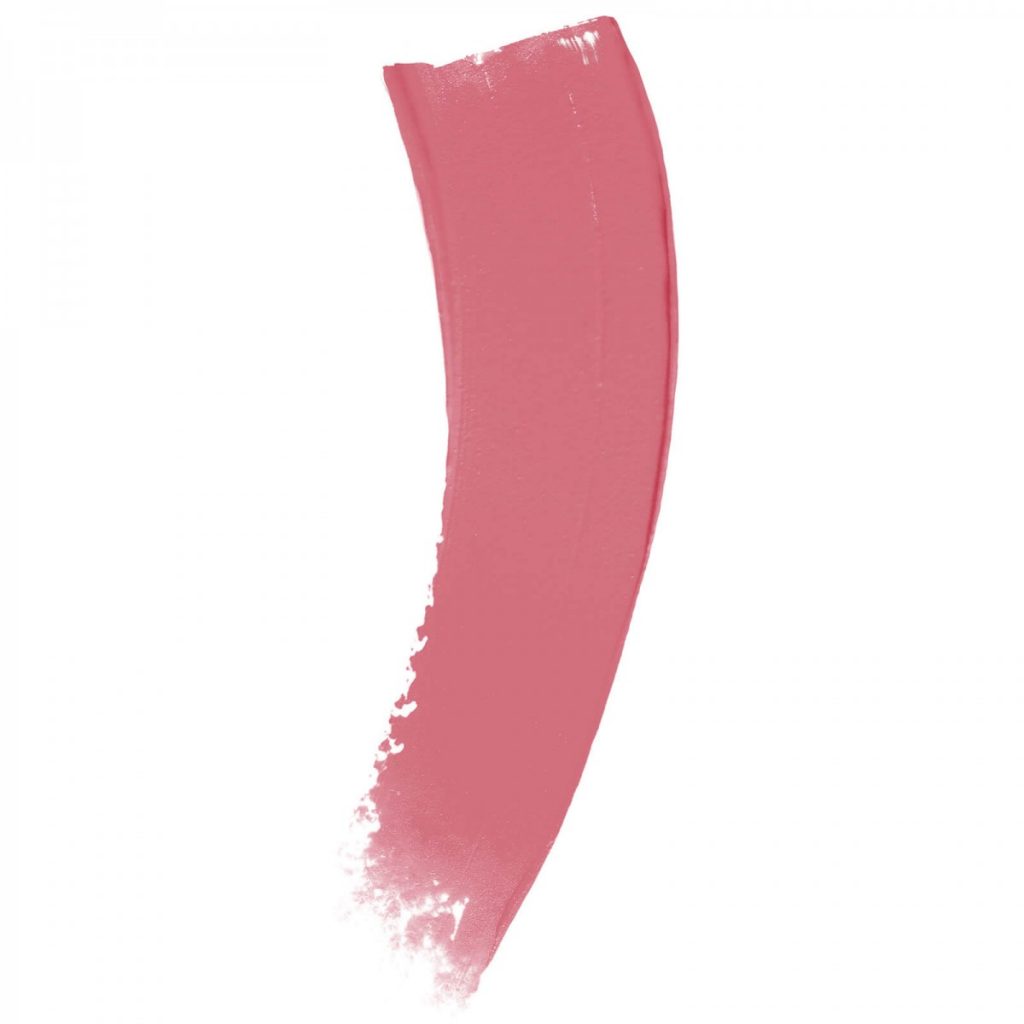Course Description
This course focuses on the organization and operation of the fashion industry—how fashion brands(apparel, accessories, and home fashions) are designed, manufactured, marketed, and distributed within a global context. This course captures the dynamics of the fashion industry, with its various components, by emphasizing the changing nature of the industries technological changes, organizational changes, and changes in the global nature of the industries involved.
The following project demonstrates Yelissa’s marketing research and creative skills:
Marketing Mix Analysis
For the term project, students had to analyze a brand of their choice marketing mix. To understand the brand better, students collected information about how the brand started and who the target market was. Using this data, students created a mood board for the brands fall/winter 2017 collection.
For this assignment, Yelissa choose Zara as her brand because it’s a global company everyone should know! Here’s a summary of her project:

Mood board description
For the Fall 2017 collection, Yelissa put together a mood board wit the city of New York in mind. Wearers of this collection would be trendy city dwellers. Walking around with coffee in hand and enjoying the changing season is their favorite pass time. Their second is getting cozy at home after a long day at work with a warm drink. The collection would feature cashmere, Burberry like plaids, soft knits, and colors from city fall nature walks. This mood board is called “A walk through the city”.
Zara, the first brand of Industria de Diseño Textil (INDITEX), did not start as a retailer when it came to be in 1974. The brand first came into the fashion world as a manufacturer called Confecciones GOA, created by Amancio Ortega Gaona, Antonio Gaona, and Rosalia Mera (Amancio’s wife). After 12 years of successful business, Confecciones GOA became a women’s fashion retail store due to a major order cancellation. Zara used their old own factory from Confecciones GOA to manufacture their clothing and later on created another factory due to expansion and high demand.
Fun fact: Zara was the second option for the global retailer. The original name they wanted was Zorba (named after the movie Zorba the Greek) but a bar nearby already had the name.
Now, Zara has more than 2,000 stores all over the world! The brand is famous for doing almost nothing in terms of marketing. Zara relies on store window displays and customer word of mouth. Because of this, Zara’s target market is mainly social and professional women and men who like to keep up with trends. Since the store rarely has promotions, the brand feels more exclusive, only the trendiest know of it. Those who want to purchase affordable basic and fashion forward pieces are welcome to shop at Zara.




